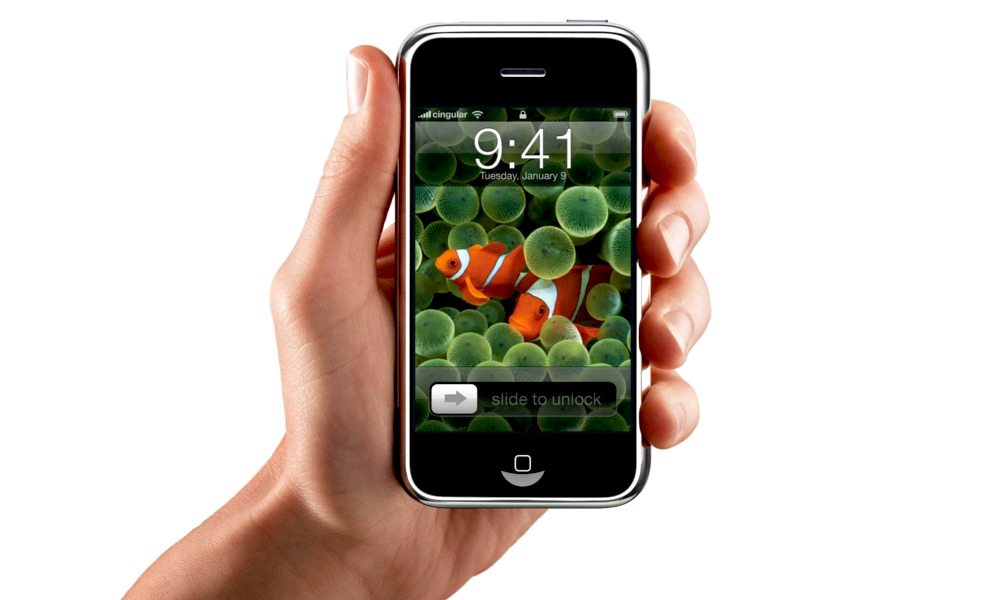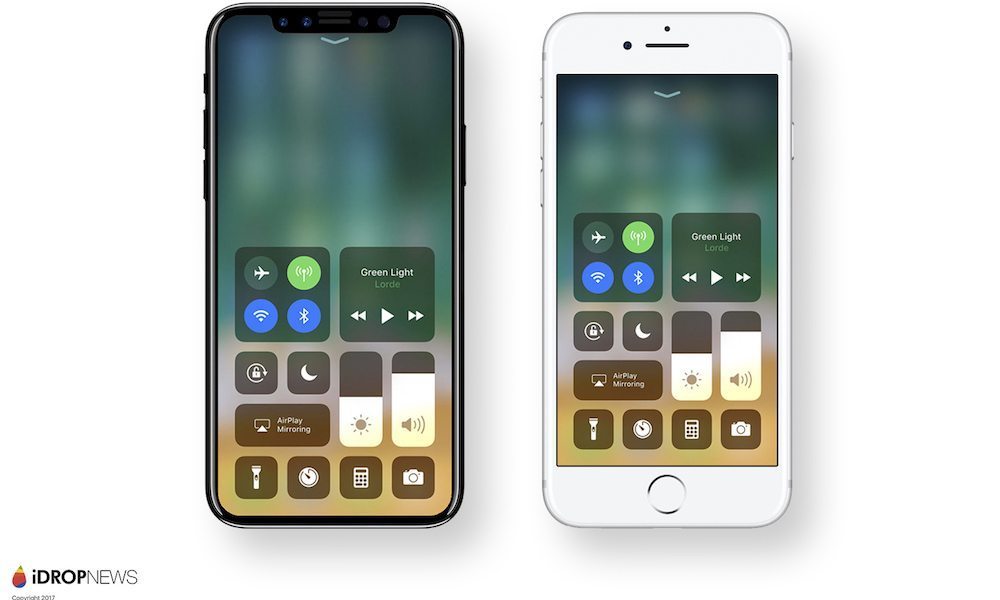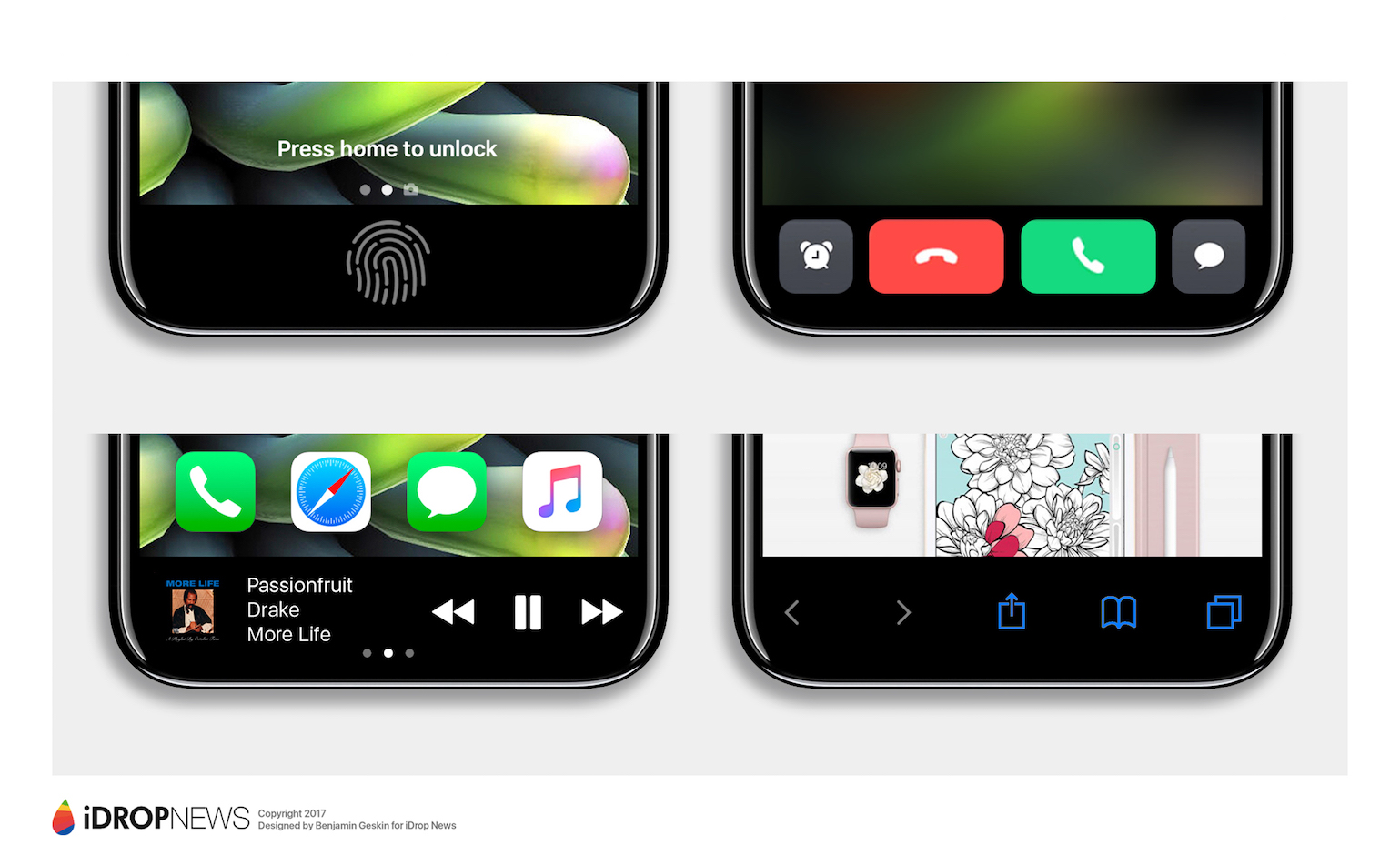The very first iPhone turns 10-years-old today. Undoubtedly, we’ve come a long way from the technology and software that the fateful device boasted. Despite that, it would be a disservice to say that the iPhone came from humble beginnings. Despite its drawbacks, the device was still revolutionary at the time, and it undoubtedly shaped Apple, the entire smartphone industry, and perhaps even the entire world, forever.
But the First iPhone Wasn’t Perfect..

Steve Jobs first unveiled the first iPhone in 2007, and the device was marketed as a “widescreen iPod with touch controls, a revolutionary mobile phone, and a breakthrough internet communications device.” It was a revolution in phone technology, at least sort of.
Sure, the phone wasn’t perfect. It had its own variety of limitations. There was no 3G support, and the iPhone couldn’t even send email attachments or MMS messages (only SMS, meaning no pictures, videos or other content). Copy and paste features also weren’t available until later versions of iOS. Most importantly, perhaps, was that the device couldn’t install or run any third-party apps, this being before the App Store even existed.
But the iPhone still had revolutionary features that ended up changing everything. Its large, capacitive multitouch screen spawned a new generation of smartphone. Its inclusion of the iPod app made playing music on your smartphone a breeze, it was the first phone to feature an accelerometer, and it really did include the best internet browsing experience of any smartphone at the time. And it was also the first phone that made viewing video practical. More than all that, iOS (known back then as iPhone OS) made using a smartphone simple, easy and much more intuitive.
Apple eventually amended the limitations of the first iPhone with later versions of hardware and software, all of which eventually evolved to the market-dominating flagship smartphone we know today.
The iPhone Evolution

Technology has certainly progressed a lot since that fateful day in 2007. Just look at Apple’s iPhone 7, and you’ll see a litany of features that weren’t even thought possible ten years ago.
Starting with the basics, modern smartphones like the iPhone 7 are staggeringly powerful when compared to the first iPhone. They can stream HD-quality video on massive displays, they come outfitted with nearly professional-grade cameras, and they can even control various appliances around your house with a few taps. Most, if not all, come equipped with baked-in personal assistants that are getting smarter by the day. These are all things we take for granted, but were once just distant possibilities.
But beyond clever features and raw horsepower, modern smartphones descended from the first iPhone have undoubtedly shaped how we live our lives, and they did so within a decade. They’ve fostered the growth of phone-centric social media platforms like Instagram and Snapchat, and they’ve changed the way we communicate so much that a voice call seems like an archaic method of contacting our loved ones. Think, too, of all the devices that the iPhone has basically rendered obsolete: MP3 players, GPS systems, point-and-shoot digital cameras, clocks and watches, voice recorders — the list goes on.
And don’t forget about the app economy, the burgeoning market that’s slated to become a $6.3 trillion industry in just four years. While the first iPhone may not have had an app marketplace, when Apple did launch the App Store, it undoubtedly started the mobile boom and our modern-day app economy — which has since created hundreds of thousands of jobs.
The Future of the iPhone

While some may call Apple stagnant, the company certainly isn’t going anywhere — and it’s not done innovating, either. It’s hard to imagine what the smartphones ten years from now will look like (if they’re even “phones” at all), but we can get a clue when we look at Apple’s upcoming iPhone 8.
In some cases, the iPhone 8 seems to be running with — and not ahead — of the pack. As an example: an edge-to-edge, bezel-free design is revolutionary for an iPhone, but not for smartphones in general (though you definitely could make a case as to how Apple will take that design trend and make it better). But Apple’s upcoming iPhone will make strides in others areas, like the addition of True Tone display technology. It’s also likely to be the first true flagship to feature an under-the-display fingerprint reader. And as suggested by Ming-Chi Kuo, the “Function Area” would also be a first for any modern smartphone.

The iPhone 8 will likely also be on the forefront of augmented reality technology — and it might turn out to be a pioneer of the tech in a mobile context. While it’s true that other Apple smartphones can run ARKit-produced apps, the iPhone 8’s internals will undoubtedly be optimized to run them as smoothly and seamlessly as possible. Rumor has it that the iPhone 8 will also feature advanced 3D sensing and depth-mapping capabilities, all of which could revolutionize the overall mobile AR experience. It’s also the only phone rumored to launch with such technology this year, and like iPhones before it, the upcoming flagship could pull the industry in its direction.
In a nutshell, the iPhone 8 won’t look anything like its distant ancestor. But while the phone itself may not inspire nostalgia, Apple’s commitment to clean, seamless and intuitive design hasn’t changed all that much in ten years. It’s tough to compare the first iPhone with rumors of the latest, but there’s little doubt that, come September, we’ll realize how the first-generation of Apple’s flagship — and every generation after — will have lead to the iPhone 8.
Want a FREE iPhone 7? Click here to enter our monthly contest for a chance!
Follow us on Apple News by pressing the (+) button at the top of our channel

from iDrop News http://ift.tt/2trPadr
via
IFTTT